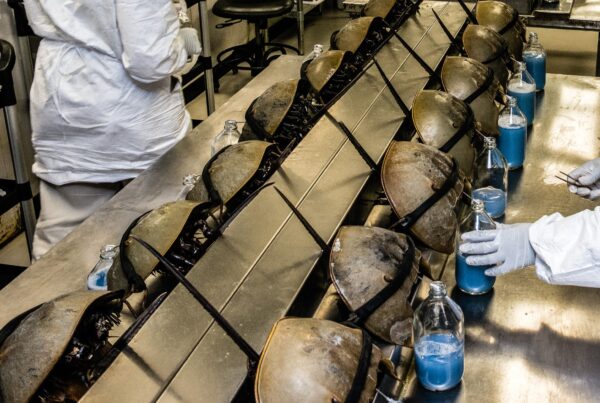
Dr. Kenkel is a marine biologist who has been studying Caribbean coral reefs since 2006.
Since 2018, my lab has transplanted hundreds of coral specimens to reefs in Florida to study what makes them grow. We have albums of photos documenting their lives, starting from branches no bigger than your finger to beautiful treelike adults as big as beach balls.
In June 2023, as water temperatures in Florida skyrocketed, my team rushed to our field sites — and found extreme bleaching (the loss of color signaling that corals are starving) and death already underway. Throughout the Florida Keys, corals were disappearing in an ocean that had become too hot for them to survive. We left our experiment running to find out what would happen. By November, 98 percent of our corals were dead.
This severe bleaching was just the latest blow to reefs already battered by storms, disease and the loss of other animals. In the 18 years I’ve studied reefs in the Florida Keys and the Caribbean, coral populations have continued to decline such that they can no longer recover naturally; I worry that even those few survivors from our project won’t last another summer in which water temperatures soar past 100 degrees Fahrenheit.
Caribbean reefs are now in such dire condition that lifelong coral biologists are considering calling them a total loss and trying to replace native coral with species imported from the Pacific Ocean. I have a different take. I believe we can still stave off the complete collapse of Caribbean reefs. But we must act quickly to bank living coral in aquariums and stockpile their eggs and sperm in cryostorage for future I.V.F. efforts. If we abandon them in an increasingly inhospitable ocean, we put them at risk of extinction.
“We must act quickly to bank living coral in aquariums and stockpile their eggs and sperm in cryostorage for future I.V.F. efforts.”
– Carly D. Kenkel, Marine biologist
About the Project
In 2023, Scientists at the National Zoo and Conservation Biology Institute, Texas A&M University, and UC Berkeley announce the first successful technique for cryopreserving and reviving entire coral fragments. This proof-of-concept project, funded by Revive and Restore, opens the door to collecting and preserving coral fragments easily and rapidly at an urgent moment for coral worldwide. The project was funded as part of our Advanced Coral Toolkit program.
More posts in Media






